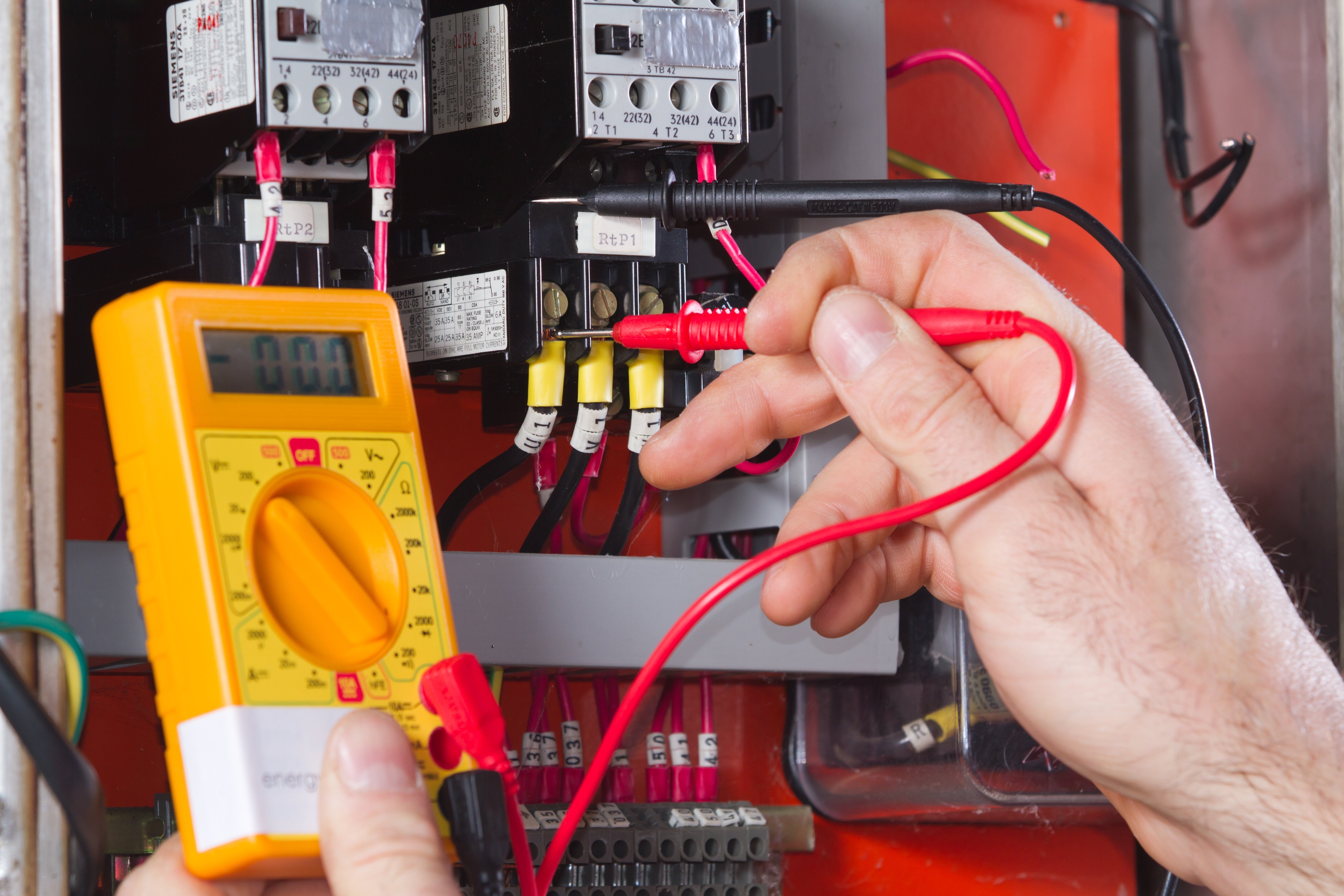Personalized BRE Electrical Solutions for Reliable and Safe Installations
Personalized BRE Electrical Solutions for Reliable and Safe Installations
Blog Article
The Ultimate Overview to Electric Installation: Tips and Methods for a Safe and Reliable Home Electrical Wiring System
In the realm of home maintenance, couple of facets are as critical yet frequently forgotten as the electric wiring system. By discovering the nuances of electric safety procedures and energy-saving methods, this comprehensive guide will lose light on the details of home circuitry, encouraging people to take fee of their house's electric facilities.
Recognizing Electric Security Steps
To make certain the safety of both individuals and residential property, understanding and executing appropriate electrical safety and security steps is vital in any home electrical wiring project. Electricity is a powerful pressure that can be hazardous if not taken care of with care. Among the essential precaution is making certain that all electric work is performed by qualified specialists who adhere to local structure codes and policies. It is vital to perform an extensive assessment of the electrical system prior to beginning any kind of electrical wiring job to determine prospective risks or concerns that need to be resolved.
Moreover, making use of the proper devices and tools is vital for preserving security throughout electric installments. Protected handwear covers, voltage testers, and safety glasses are several of the fundamental security equipment that should be used to stop electrical shocks or accidents. It is likewise vital to de-energize circuits before working on them and to identify all circuits and breakers plainly to prevent confusion.

Necessary Tools for Home Wiring
Making sure the proper implementation of electrical safety measures in home electrical wiring jobs includes utilizing a particular collection of vital tools designed to help with the installment procedure properly and safely. Some of the secret tools needed for home electrical wiring tasks include a voltage tester for examining live cables, wire strippers for removing insulation from cords, a cord cutter for specifically cutting cables to length, a screwdriver set for securing electrical parts, electrical tape for insulation and protecting links, a cord ripper for stripping cable sheathing, and a multimeter for measuring voltage, current, and resistance.
Step-by-Step Electric Setup Guide
Beginning an electrical setup task calls for careful preparation and adherence to security guidelines. Prior to beginning any job, ensure you have an in-depth plan outlining the format of the electric system, consisting of the positioning of outlets, buttons, and fixtures. Consider the power demands of each gadget to determine the proper wire scale and breaker dimensions.
The very first step in the installation process is to shut down the power supply to the location where you will be working. Use a voltage tester to confirm that the circuits are de-energized before touching any type of cords. Next, thoroughly get rid of existing components or electrical outlets and disconnect the wires.
When setting up brand-new circuitry, run cable televisions via wall surfaces and ceilings, protecting them in area with ideal fittings. Comply with local structure codes and manufacturer directions for proper wire installment and links. BRE Electrical Melbourne. Make certain to classify wires for simple identification and future upkeep

Troubleshooting Common Wiring Issues
Having actually completed the installment procedure as outlined in the previous subtopic, repairing common wiring issues is a necessary skill for making sure the security and performance of your electrical system. One usual concern is a tripped circuit breaker, frequently triggered by overloaded circuits or a brief circuit. To repair this, locate the breaker panel, determine the tripped breaker by searching for the one not totally in the "on" setting, and reset it by flipping it completely to "off" and afterwards back to "on." Another prevalent issue is a defective outlet, defined by no power or recurring power supply. Guarantee the electrical outlet is not managed by a button, then utilize a voltage tester to look for power. If there is no power, turn off the circuit, check the electrical wiring links for any kind of loosened or broken cables, and change the outlet if needed. Continuously flickering lights can suggest loosened electrical wiring connections or an overloaded circuit. To address this, check and tighten up all cord links in the influenced components and buttons and redistribute the lots on the circuit to balance the electric demand. Frequently checking and immediately dealing with these common wiring issues will preserve the safety and security and effectiveness of your home electrical system.
Tips for Energy-saving Electric Equipments
For optimal energy efficiency in electrical systems, executing smart practices and using energy-saving technologies is extremely important. One essential suggestion for accomplishing an energy-efficient BRE Electrical Melbourne electrical system is to upgrade to LED illumination. Proper insulation and securing of home windows, doors, and electrical outlets can also stop power loss, eventually lowering the work on electrical systems.
Verdict
To conclude, carrying out proper precaution, utilizing crucial tools, complying with a detailed installation guide, repairing typical concerns, and including energy-efficient ideas are vital for a safe and reliable home electrical wiring system. By sticking to these methods, homeowners can make certain the durability and capability of their electrical installations. It is important to focus on safety and performance when it comes to electrical work in order to stop potential dangers and to maintain a reputable electrical system in the home.
Report this page